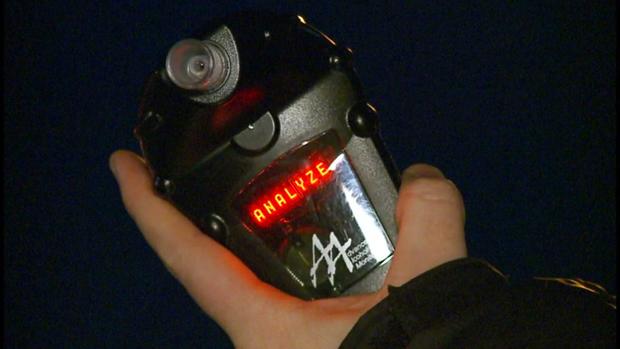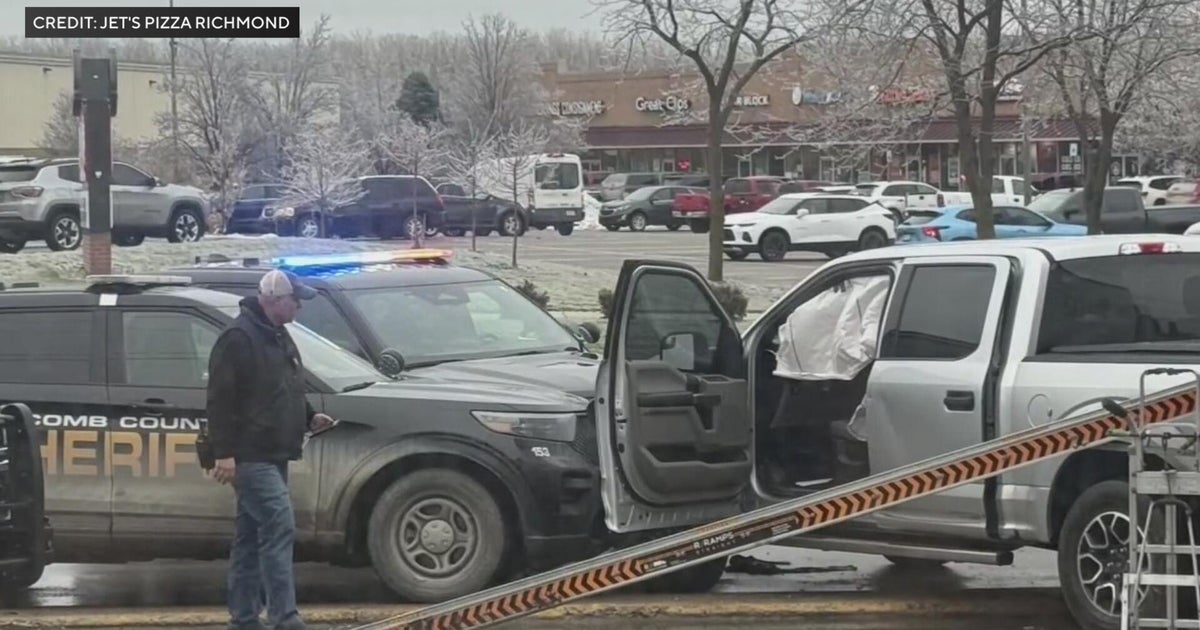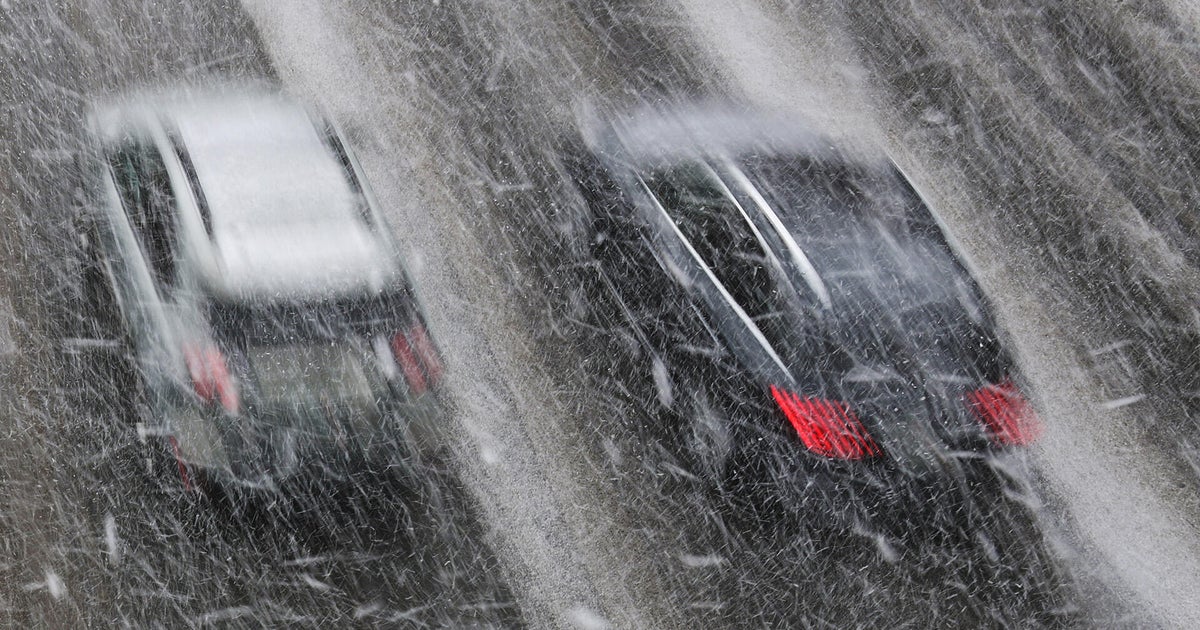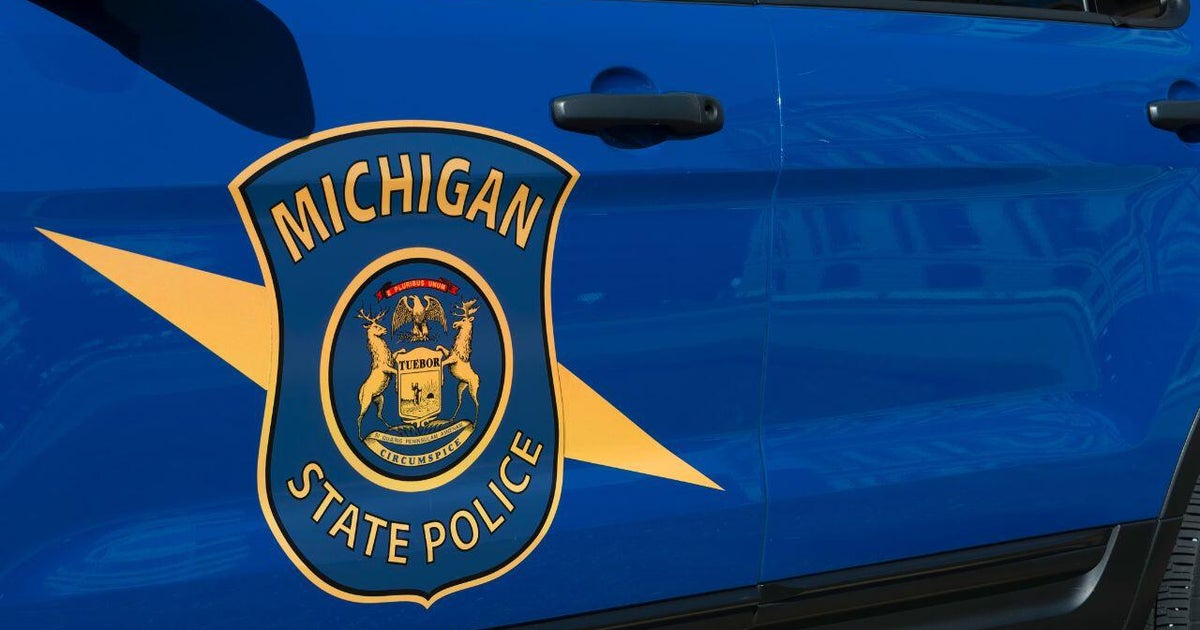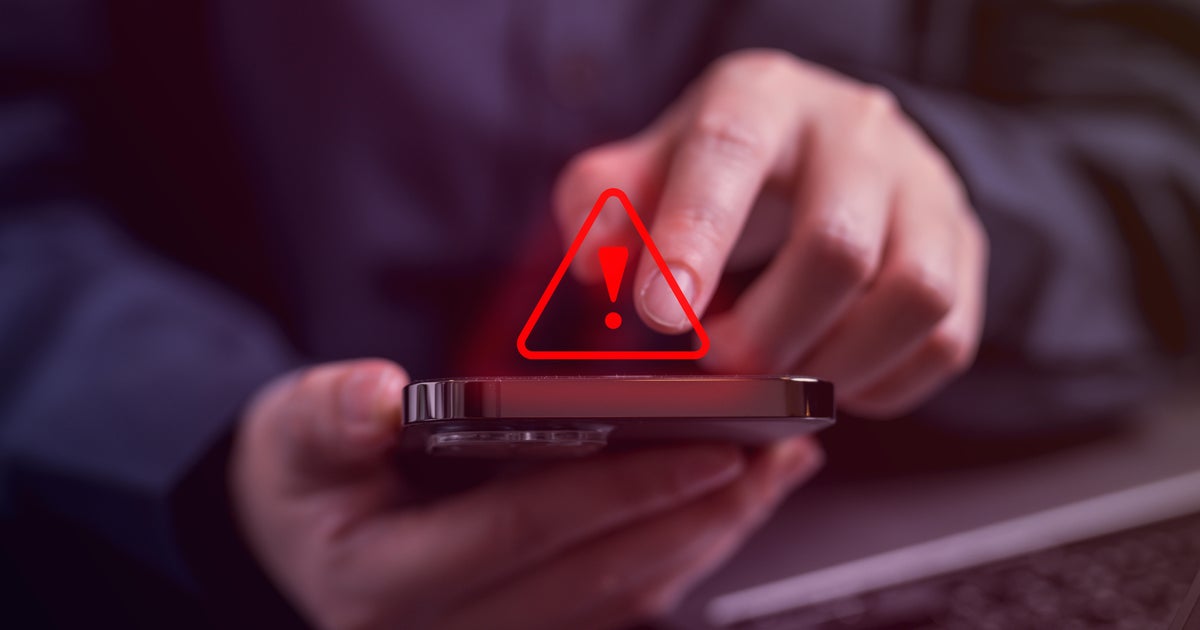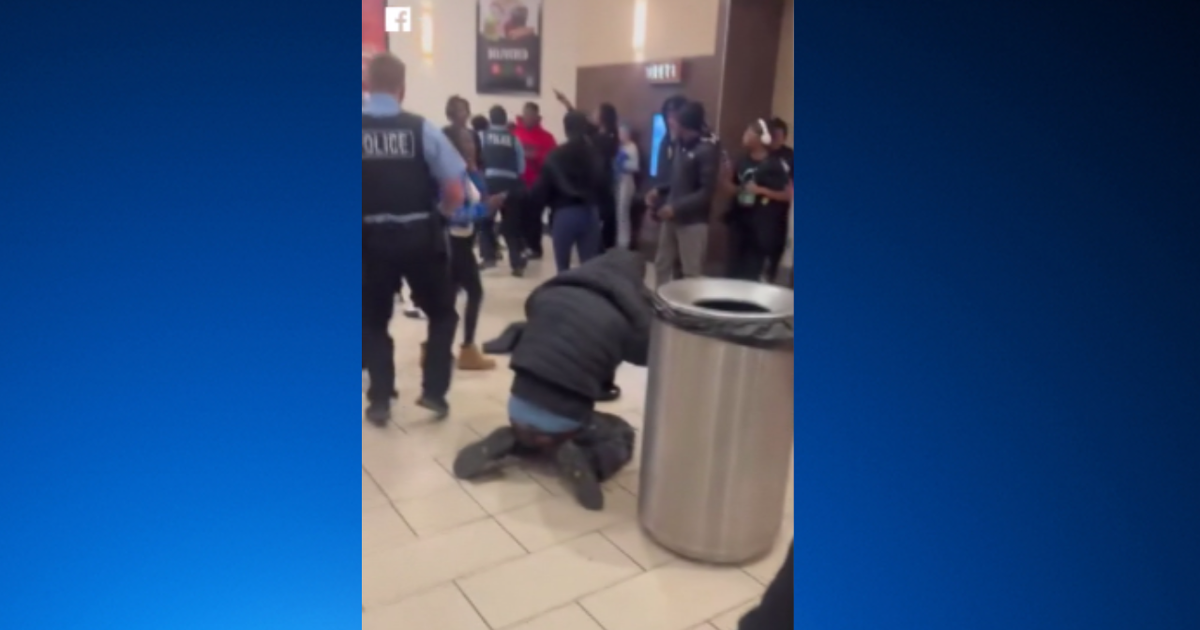Law enforcement on alert for impaired drivers as marijuana becomes legal, plan to boost drug experts
MINNEAPOLIS – When marijuana gets the green light next week for Minnesotans 21 and older, it will remain illegal to drive while high on THC, the intoxicating substance in cannabis.
But it isn't as simple as police officers pulling drivers over and conducting breathalyzer tests to determine if they exceed legal alcohol limits that qualify as a DWI.
MORE QUESTIONS? CLICK HERE: Recreational marijuana becomes legal in Minnesota next week: What to know
"That's because there's no equivalent roadside test, which makes marijuana cases more complicated," said criminal defense attorney Joe Tamburino. "In our system of justice, this happens sometimes where technology does not advance to the level of legislation. We're legalizing this, marijuana, but the technology hasn't caught up to that. Because even though we can test people to see if they have THC [in their system], we have no test to determine if they are actively under the influence."
THC can remain in a person's body for days or even weeks after use. Some states have set their own thresholds for impairment, which vary, according to the National Conference of State Legislatures, but there is no national standard like there is for alcohol, which is .08 grams per milliliter blood-alcohol concentration.
RELATED: Tens of thousands with criminal records eligible for expungement under Minnesota marijuana law
Research at the National Institute of Justice, though, found little evidence to show a specific THC level correlates with impaired driving. Minnesota's law simply says it is illegal to drive while under the influence of cannabis – no matter the form, including low-dose hemp-derived edibles.
Given these limitations, the analysis by a drug recognition evaluator – a law enforcement officer with specialized training in the symptoms of impairment – can be key for a DWI conviction, said Mike Hansen, director of the Office of Traffic Safety at the Minnesota Department of Public Safety at a news conference Tuesday.
The state legislature in the 300-page bill legalizing marijuana approved $15 million in the next two years to train more DREs as the state enters this new phase of drug policy.
RELATED: Several Minnesota cities plan to adopt public marijuana ordinances
"What the DRE is looking at is the physiology of the individual placed under arrest, some of the physical indicators of the different drug categories," Hansen said. "Looking at body temperature, looking at blood pressure, looking at pupil size – all kinds of things like that."
James Stuart with the Minnesota Sheriff's Association said the increased funding to train more officers in this way is a good start, but called it "not an easy fix."
"The school is many weeks long, and to send every officer or deputy who's going to be conducting traffic accident investigations off to a school isn't realistic at a point in time when our recruitment retention is harder than it's ever been," Stuart said in an interview.
MORE NEWS: Red Lake aims to open Minnesota's 1st recreational cannabis dispensary
Drugged driving incidents increased 127% from 2017 to 2021 compared to the previous five-year period, according to data from the Department of Public Safety. Cannabinoids are among the most prevalent drugs screened in blood and urine samples in such cases, the agency said.
The new cannabis law establishes a pilot project to study oral roadside fluid tests and determine if they can accurately detect if someone is under the influence of cannabis or other drugs.
Only drug recognition evaluators can conduct the test and the samples can only be obtained with the consent of the person arrested. The results cannot be used in court.
That year-long program will begin in September under the Department of Public Safety, which must produce a report of its findings to the legislature in early 2025.

